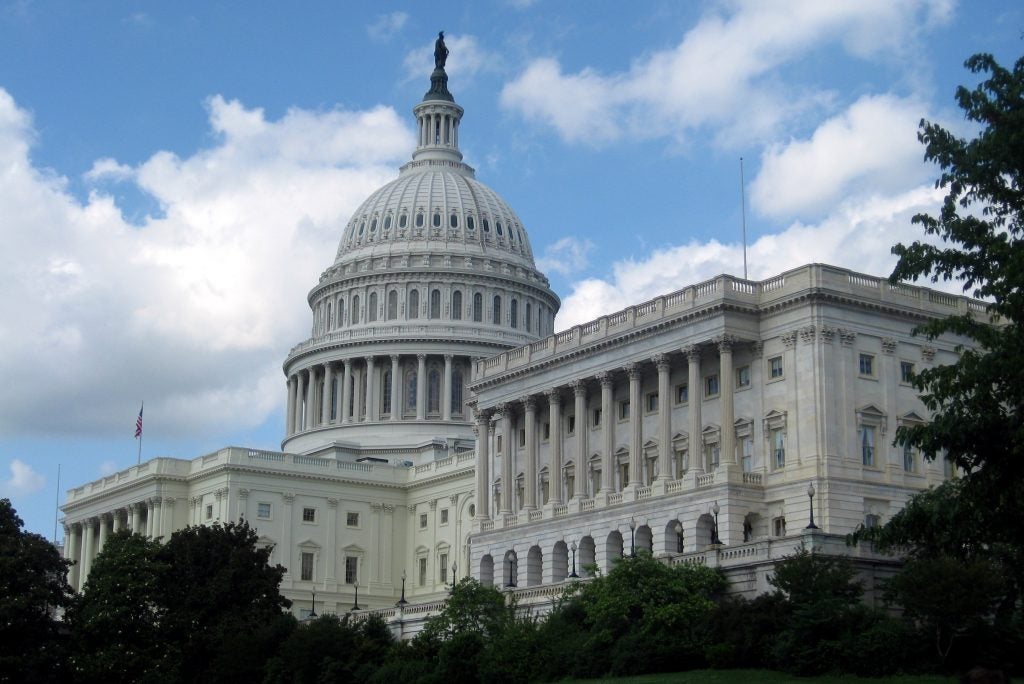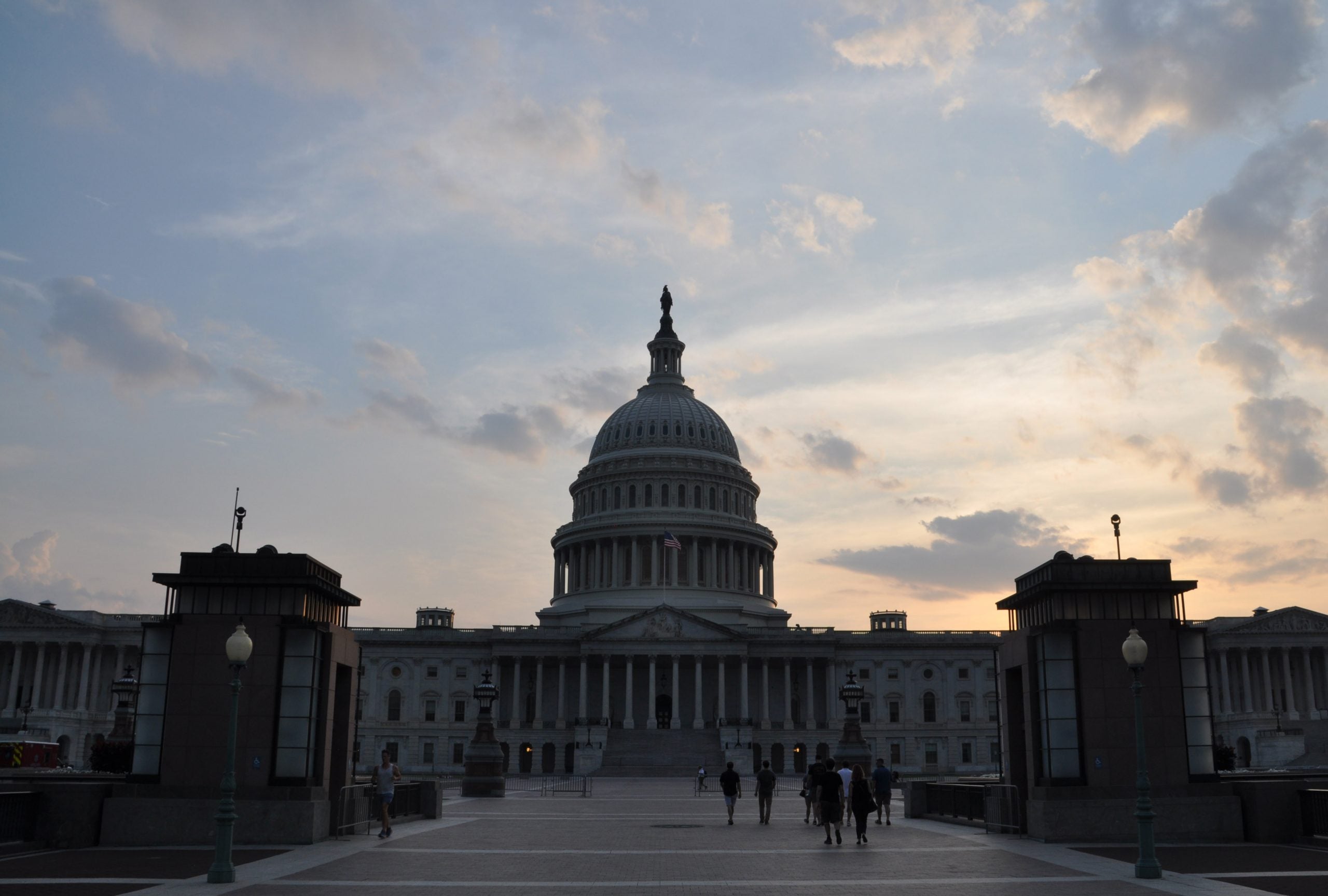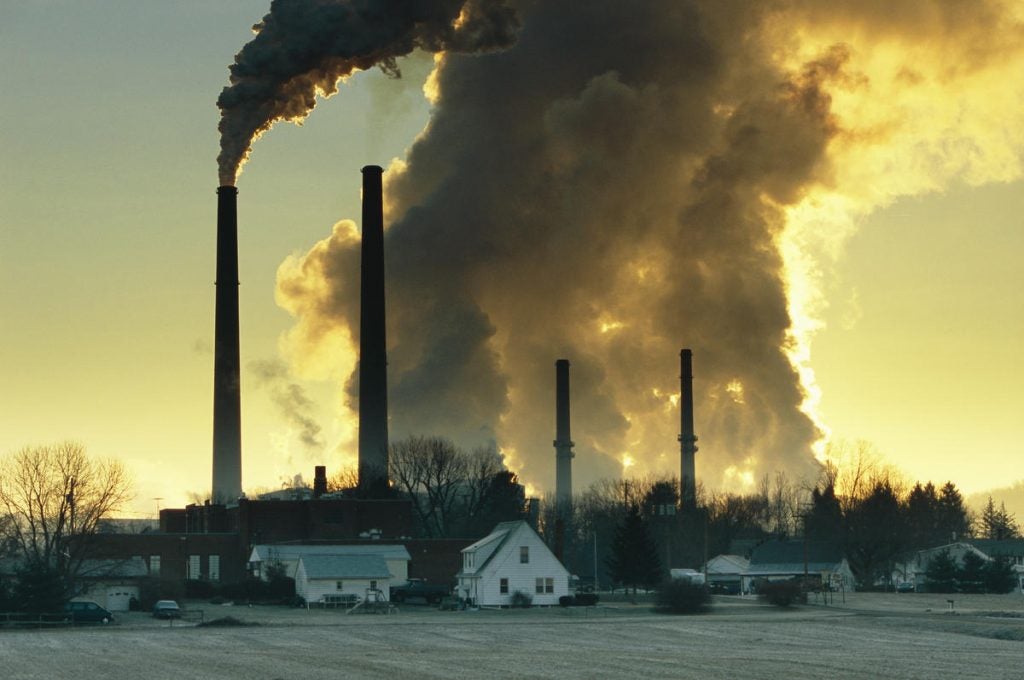Together with Third Way, EDF co-hosted a Climate Week 2021 event on how U.S. climate innovation policy can accelerate a cleaner, stronger and more equitable economy. Here are four big takeaways.
(Caption: Speakers included Mandela Barnes, Lieutenant Governor, Wisconsin; Chris Deschene, Board Member, National InterTribal Energy Council; Jason Walsh, Executive Director, BlueGreen Alliance; Jetta Wong, Senior Fellow, Information Technology and Innovation Foundation, and President, JLW Advising. The event was moderated by Natasha Vidangos, Senior Director, Climate Innovation and Technology at EDF, and Josh Freed, Senior Vice President, Climate and Energy Program at Third Way.)
Climate innovation is a powerful tool that can create high-quality jobs, improve the quality of life for all communities and catalyze the breakthroughs needed to reach net-zero emissions by no later than 2050. To take advantage of the full opportunity, however, we need strong policies and approaches now that can deliver on all of these challenges, as a recent Climate Week event hosted by Environmental Defense Fund and Third Way made clear.
Innovation in climate technologies includes many stages of development, from research and development through to demonstration and deployment. The U.S. is poised to make major investments in this area to combat climate change: President Biden has pledged to deliver the largest-ever federal investment in clean energy innovation, and the infrastructure and reconciliation packages currently under negotiation in Congress contain large amounts of funding, including specific investments in demonstration and deployment of key technologies. But these investments can feel abstract. What would a strong push for climate innovation mean for U.S. workers and communities, and how can we design these policies to deliver the maximum benefits for all?
Here are four major takeaways from the event, which brought together perspectives from government, labor and advocacy.














